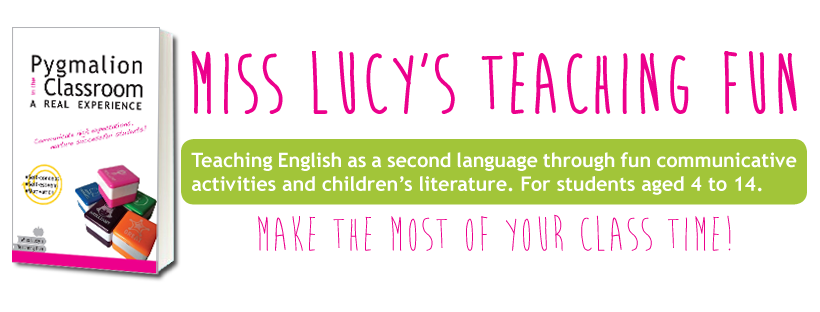Cooperative work has been shown to be a powerful means for learning and developing "high order thinking skills", the thinking skills that lead to meaningful learning. But how can we implement this work methodology in the classroom, without increasing our workload even more?
Here I am to tell you all about it!
Thanks to Vygotsky, we know that the most meaningful learning occurs when there is an interaction, whose main medium is the language, between the learner and an individual who has a certain knowledge about a certain subject; the latter can be the teacher, but also a fellow "expert".
For this reason, in recent years, driven by a competence-based curriculum, teachers have opted for the use of didactic methodologies that favour cooperative learning.
 |
| Some Kagan's stuctures |
The main characteristics of this type of dynamics are:
- Heterogeneous groups made up of pupils who can contribute with different knowledge and levels of competence, in order to create a final product (not necessarily physical) that is better than what would be generated as a result of an individual work.
- Positive interaction generated by appropriate communication (social and civic competence, communication in mother tongue, or foreign language if in English).
- Individual responsibility demonstrated through a presentation to the class (sense of initiative and entrepreneurship, mother tongue competence, or foreign competence if they are doing it in English, digital competence if they are using the computer to research and present).
- Equal participation through a proportional distribution of the work among the team members.
- Simultaneous interaction of group members, who engage in dialogue to make shared decisions.
- Face-to-face interaction.
As can be seen, there are many competences that can be developed through this work methodology, but... How can it be implemented in the classroom?
The 5 basic structures and the skills| that learners develop when they use them |
Take note of this name: Dr Spencer Kagan. This PhD in psychology was a pioneer in the cooperative learning movement. He has dedicated his life's work to helping educators create more cooperative and interactive lessons that produce smarter, more caring and cooperative learners by designing more than 200 structures that can be incorporated into any lesson without changing a single comma of the work we have already planned. I personally use a few of them, according to my didactic needs and I can corroborate that in addition to facilitating reflection, dialogue and active learning, they are very powerful tools when it comes to motivating and engaging children in whatever subject we decide to deal with in class. As Mr Kagan tells us, there are 5 structures that are most commonly used in the classroom and that we should definitely learn to handle before moving on to the others:
- Rally Robin/table: students take turns in pairs to respond orally/written to a question or problem posed by the teacher.
- Timed, pair, share: in pairs, a pupil shares with a partner their knowledge or ideas on a topic announced by the teacher for a pre-set time, while the partner listens. The pairs then switch roles. Finally, each pair shares their ideas with the rest of the class (optional).
- Round Robin/table: students take turns in their teams to respond orally/written to a question or problem posed by the teacher.
- Rally coach: partners take turns solving successive problems: one solves a problem while the other observes, listens, checks, coaches if necessary and praises.
- Stand up, hand up, pair up: students stand up, raise their hand and quickly find a partner to share or discuss a task, given by the teacher, using Rally Robin or Timed, pair, share structures.
My students use them very often and I can assure you that I always get 100% participation and willingness to share with others, which increases attention and helps meaningful learning processes.
Have no doubt!
--> Quiero leer este post en castellano







